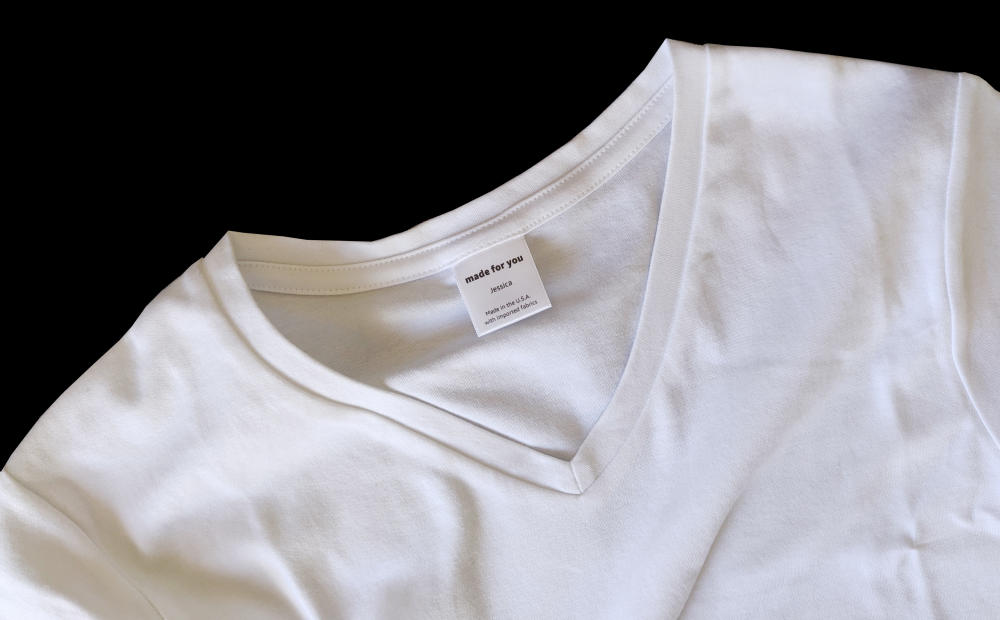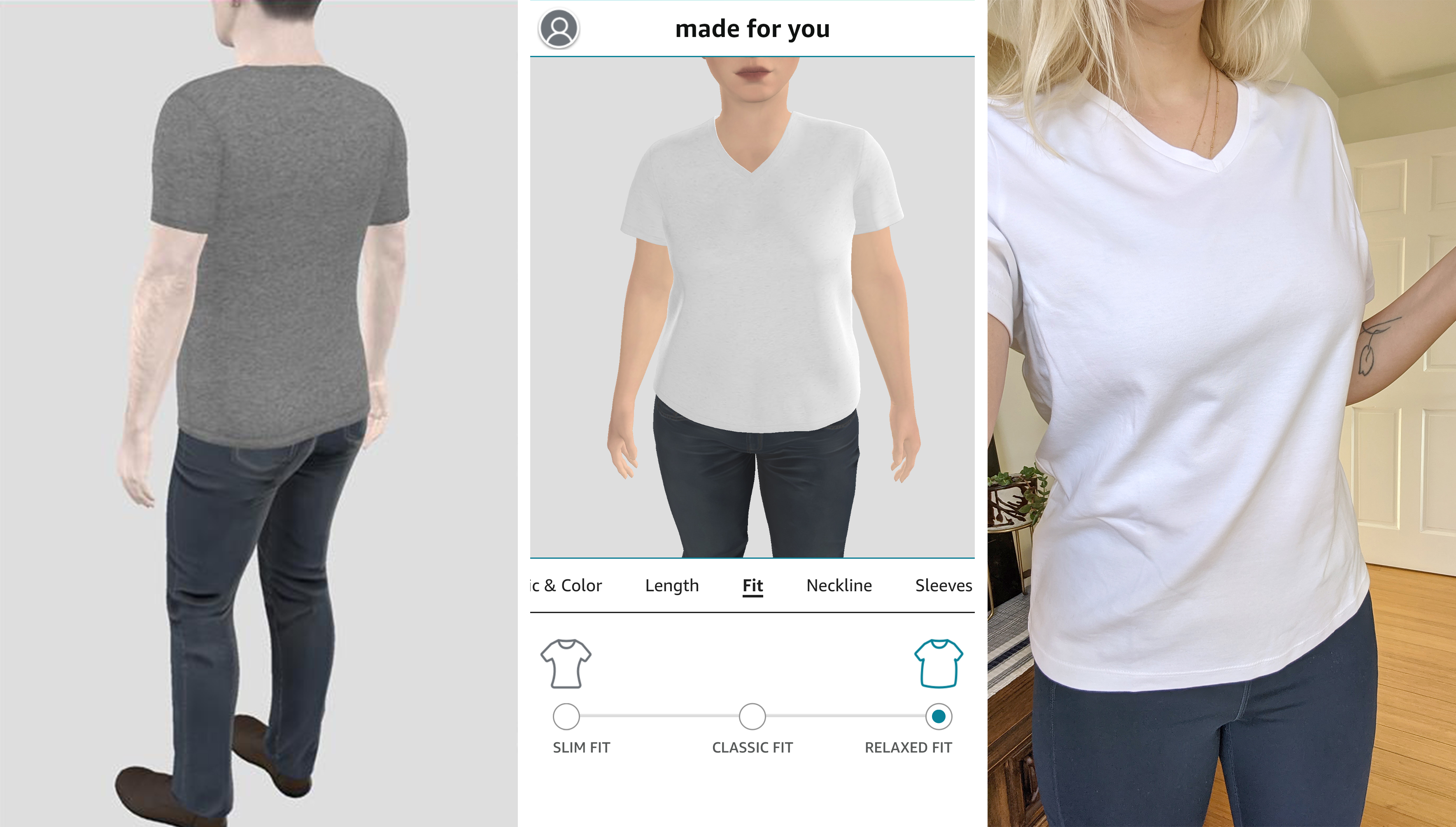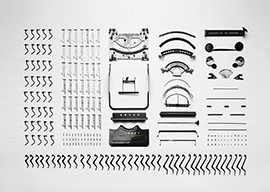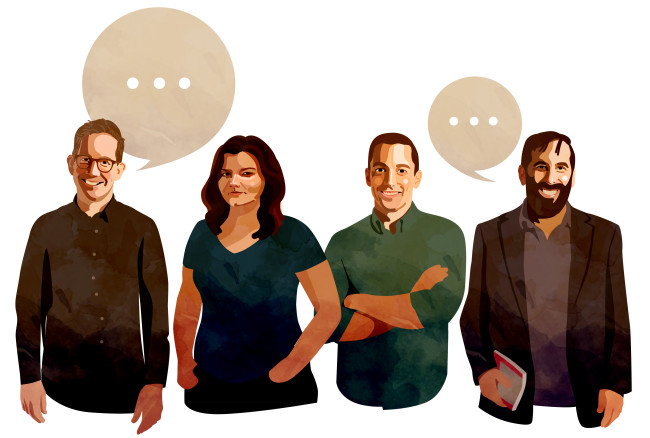
Amid the holidays' craze (and a global pandemic), Amazon quietly launched a product called “Made for You” that carries with it the potential to change how we shop. Without explanation, it seems to be the first step towards executing a patent they registered in 2017. We have some questions and thoughts.
As part of our Retail + Restaurants vertical, Buck Sleeper and myself were eager to test out the technology. Read on as we riff on the potential this could unlock for fashion, the environment, and Amazon’s stickiness.
Buck Sleeper
Amazon's first foray into custom-made fashion apparel—very cool. I bought a t-shirt!
Jessica Maniatis
Yes, “Made to Measure”! Right now, it seems like Amazon is testing with just that single SKU.
If you look through articles over the past few years, Amazon has been working on this technology for a while—but I haven't found a press release with their angle or plans. I’d like to speculate it’s a sustainability play, considering the fashion industry is currently the second-largest polluters in the world, mostly due to fast-fashion. Maybe their thinking is that customers will keep and wear custom-made clothing longer?
This could also (hopefully) lessen the number of returns. Think about how many people who aren't sure of their size in something, and order two or three sizes, only to return them. The emissions and carbon footprint wrapped into returns are staggering. My hope is that this is on the sustainability kick, trying to make a difference.
I went through the process of this today. The technology is actually really simple, and I think simple is key here. Anyone can use it.
BS
I love the notion that this is a sustainability play. I have a more-than-small pang of guilt every time I click to purchase from any online shop, knowing that a truck is now driving back and forth when I could probably offset that by making the trip myself. Then you consider the packaging it arrives in (and God forbid you ship the item back, which we're all doing much more than we should): There's a huge impact there.
Outside of sustainability, and perhaps this is because I’m more cynical than you, I worry this is a really smart play on Amazon’s part to make it even stickier to stay with Jeff. Now he's got my perfect size! First, it's t-shirts and next, it's jeans…
JM
How honest were you with your sizing? Mine was creepily already filled in! I must have used my height/weight somewhere on the internet that Amazon has their hooks into!
BS
I found I was a little bit more honest with Amazon than I am with myself. Usually, I take five pounds off when thinking about my own weight but in this case, I wanted the t-shirt to fit so it was less aspirational. I spoke the truth to Amazon.
JM
Ha, I guess when something is being custom-made for you, you’re not thinking about returning it if it doesn’t fit. No more aspirational ordering.
BS
Interestingly, at every step in the way, there is a link saying: “How are we going to use this data?” but I didn't click on it. Maybe because I almost didn't care? They already know so much about me.
JM
I didn’t click on them either! We are way too comfortable giving away our data!
Ok, let’s talk about the process.


After walking through some basic preferences like height, weight, type of tee you want (cut and style), on my laptop, it generated a QR code to move over to my phone. It was a little funny having to switch gears at this point, but I understood why they needed to. My biggest surprise was that the app guided me to put the phone on the floor, and then align it with this white line so it got this perfect angle for them to measure. I was honestly a little worried because, after taking a lot of selfies in my lifetime, I know that this angle really isn’t the most flattering. So I was thinking it would come out pretty distorted but of course, they account for that and there’s some smart conversion.
BS
Well, I may be jumping ahead but my 3D scan looks much lumpier than I am, or I like to consider myself. There’s the dad-bod in 3D glory.
JM
I wasn't thrilled with mine either but if I'm being honest, it did kind of match my body. I was really surprised.
BS
Yes, and that's probably the thing that I find most appealing about this—there's no judgment in the scan. It wants your tee to fit. But maybe a next step would be: What are you hoping to achieve by wearing this t-shirt?
JM
I mean, the concept itself isn't new. There have been so many other brands that have tried to make a go of digitizing custom-tailoring. But there’s a reason this doesn’t always land. It’s expensive to get a tailor-made garment. And to your point, I also want to understand Amazon's larger goal here. If the plan is to help from a sustainability angle, and combat fast-fashion, I think it's great. If items are crafted with better quality fabrics and an ensured fit, they should be less likely to be tossed, hypothetically. I guess I’d want to see them take it a step further and break down how the patterns are auto-adjusting to avoid scrap. Essentially more transparency.
BS
It is reassuring to see they aren’t shipping as quickly as standard items on Amazon. They are taking some time to custom make each to order.
JM
Agreed. Looking forward to seeing how the quality and fit of our new tees hold up! And hopefully, Amazon will open up a little more in the new year about their plans for this.
Could technology like this impact fast fashion? Or is this more of a ploy to gain consumer loyalty from one of the largest retailers in the world?
Forbes says: “The Amazon custom-made clothing patent is not just a way to build out its fashion retail presence but maybe the fashion industry’s answer to eliminating the inefficiencies built into the system.”
Let us know know your thoughts. We’ll circle back as we learn more.





